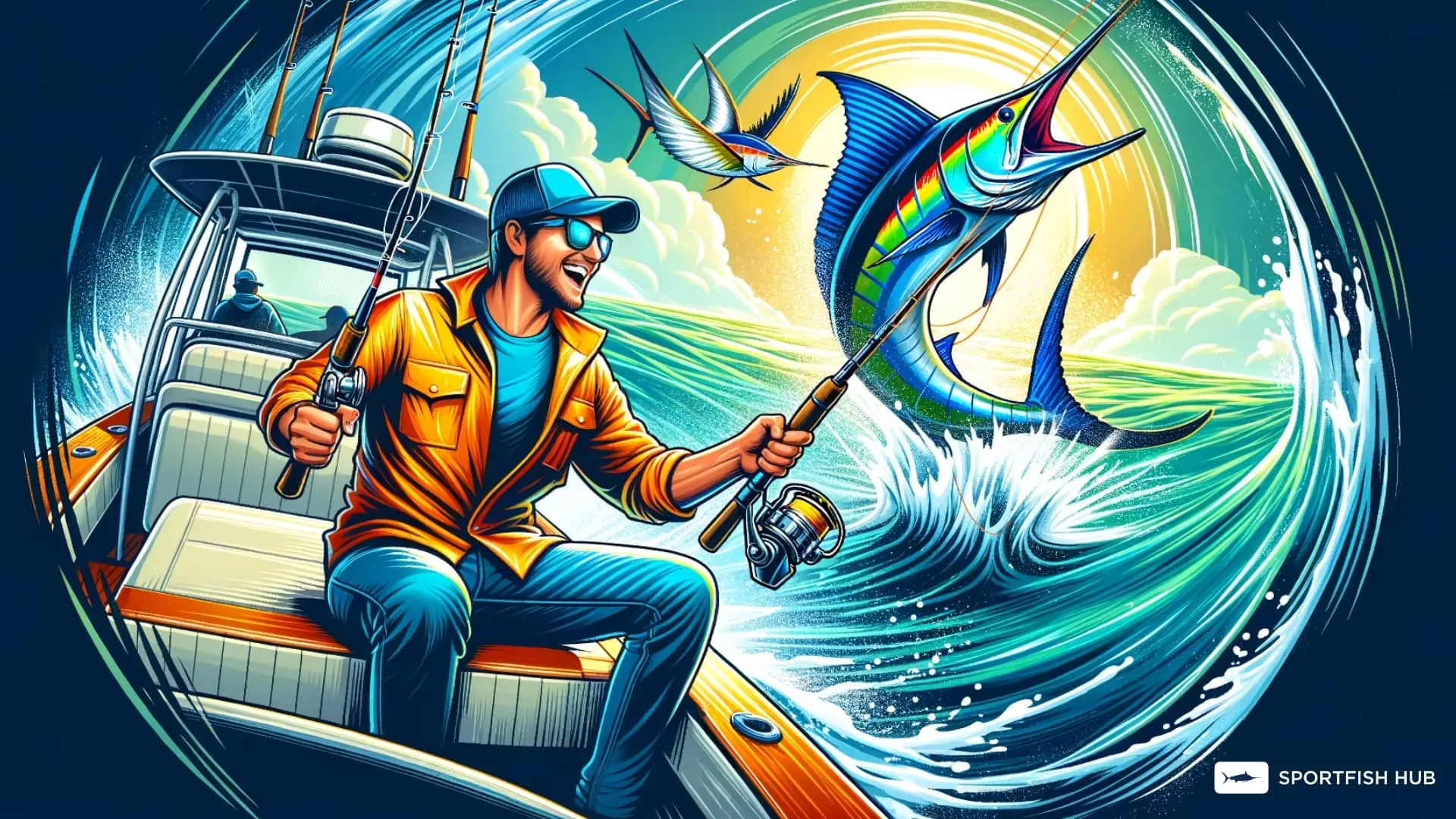YOUR ULTIMATE RESOURCE FOR
BOATING AND FISHING.
Fishing
Discover the exhilaration of sportfishing: from the strategic pursuit
of Marlin and Sailfish to the dynamic challenges of Tuna and Mahi fishing. Your guide to the
ocean’s most coveted trophies starts here

About Sportfish Hub
Sportfishhub was founded in 2023 with a simple goal: to create the best content for fishing boats, sportfishing, and anglers worldwide. We’re dedicated to providing a professional and safe environment for brokers and private owners to buy and sell their boats. With our unique focus on the fishing boat market, we’re quickly becoming the go-to destination for anyone looking to buy or sell a boat. So whether you’re a seasoned pro or just getting started in the world of fishing boats, Sportfishub is the place for you.
Steve Momot is a professional writer and photographer who has been in the online content writing game for over 7 years. He’s written blogs for websites such as Autohitch, AH360 Views, and Sportfishhub and is currently the main author for Sportfishhub.com










